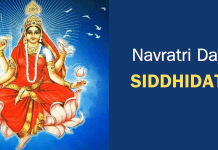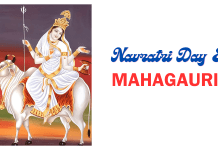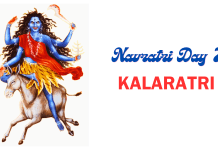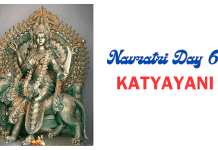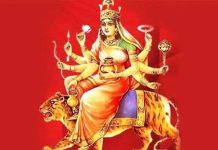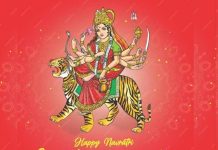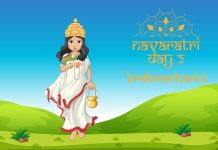
Navratri, a Hindu festival that spans nine nights and ten days, is one of India’s most vibrant and culturally rich celebrations. The word “Navratri” is a combination of two Sanskrit words, “Nav” meaning nine and “Ratri” meaning nights. This festival is dedicated to the worship of the goddess Durga, who represents the divine feminine power, and it is celebrated with immense fervor and devotion across the country. In this article, we will explore the significance, traditions, and the exuberant spirit of Navratri.
Significance of Navratri:
Navratri holds immense spiritual significance for Hindus. It symbolizes the triumph of good over evil and the worship of the goddess Durga, who is believed to manifest herself in nine different forms during these nine nights. Each day of Navratri is associated with a specific form of the goddess, and her divine energy is invoked through prayers, rituals, and devotional offerings.
Traditions and Customs:
1. Dandiya and Garba: One of the most iconic traditions associated with Navratri is the dance forms of Dandiya and Garba. People, dressed in colorful traditional attire, come together to perform these energetic and rhythmic dances, often accompanied by live music. The dances involve clashing sticks (Dandiya) or circular patterns (Garba) and are a joyful expression of the festival’s spirit.
2. Fasting and Feasting: Many devotees observe fasts during Navratri, abstaining from certain foods like meat, grains, and alcohol. Instead, they consume fruits, nuts, and specific ingredients that are allowed during fasting. Once the fast is broken, people enjoy elaborate feasts with a variety of vegetarian dishes.
3. Golu or Kolu: In South India, particularly in Tamil Nadu and Karnataka, households set up intricate displays of dolls and figurines arranged on steps or platforms. These displays, known as Golu or Kolu, often depict mythological stories and showcase the cultural diversity of India.
4. Kanya Pujan: On the eighth or ninth day of Navratri, young girls are invited into homes and are worshipped as the embodiment of the goddess. They are offered gifts and food as a gesture of respect and gratitude.
5. Processions and Fairs: In some regions, grand processions featuring idols of goddess Durga are taken through the streets with much fanfare. Temples host fairs and cultural events, creating a vibrant atmosphere for the community.
The Unity in Diversity:
What makes Navratri truly special is its ability to unite people from various regions and communities. While the core essence of the festival remains the same, the way it is celebrated can vary from one part of India to another. In the north, it’s characterized by fasts, prayers, and Ramlila performances. In the west, the exuberant dance forms like Garba and Dandiya dominate. In the south, Golu displays and music are the focal points.
Conclusion:
Navratri is a celebration of spirituality, culture, and the indomitable spirit of good over evil. It showcases the rich tapestry of Indian traditions and the unity in diversity that is the hallmark of this nation. As people come together to worship the goddess, dance with joy, and partake in the festivities, Navratri stands as a testament to the enduring heritage and cultural vibrancy of India. It is a festival that not only connects people with their roots but also allows them to revel in the joy of togetherness and devotion.


























